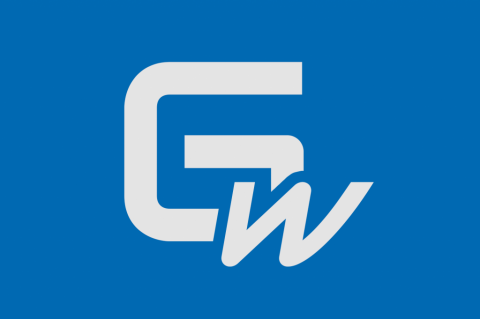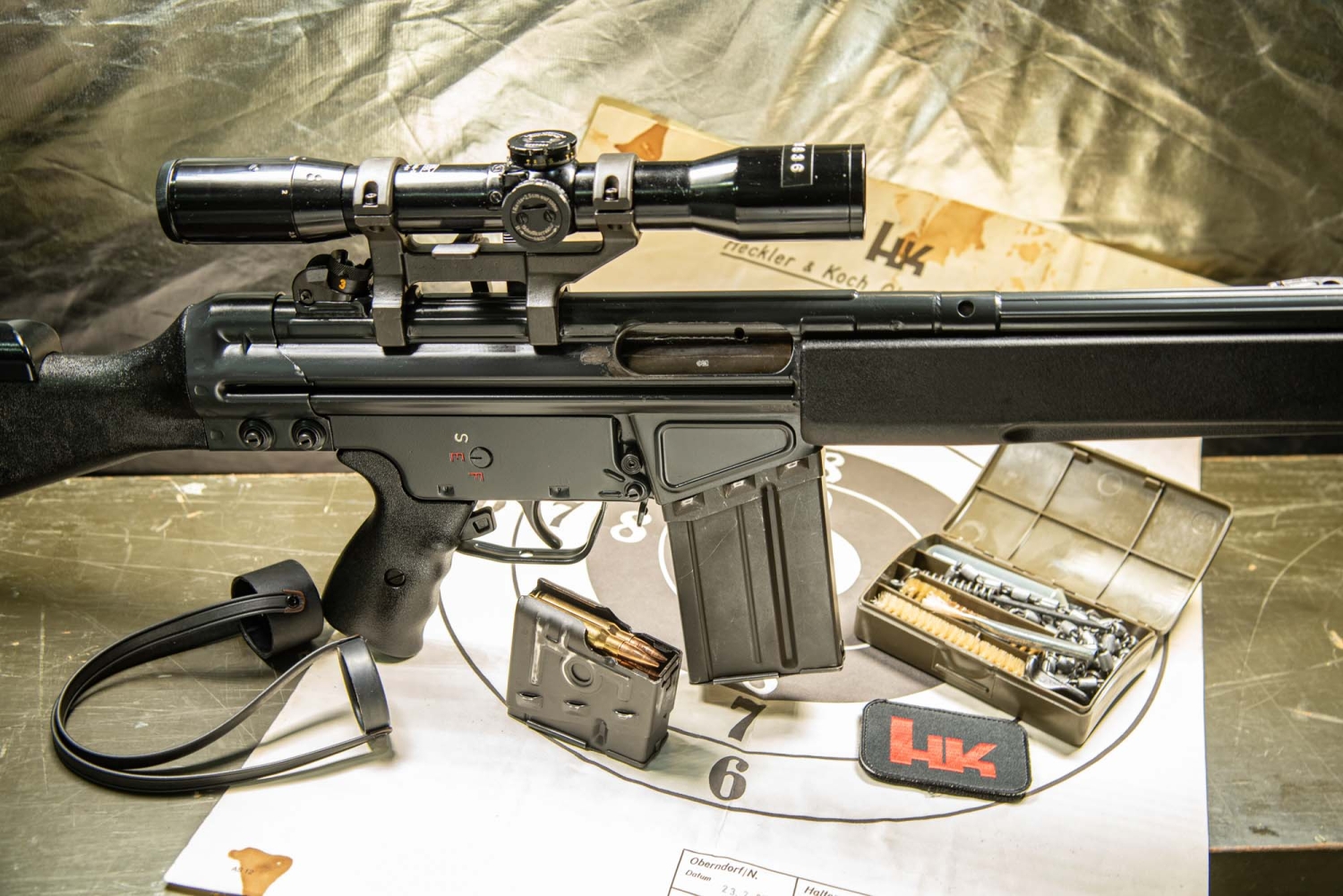Heckler & Koch G3, a legendary rifle
The Heckler & Koch G3 battle rifle is one of the most iconic military firearms of the 20th Century. Let’s take a look at a quite unique demilitarized sample we have stumbled upon.
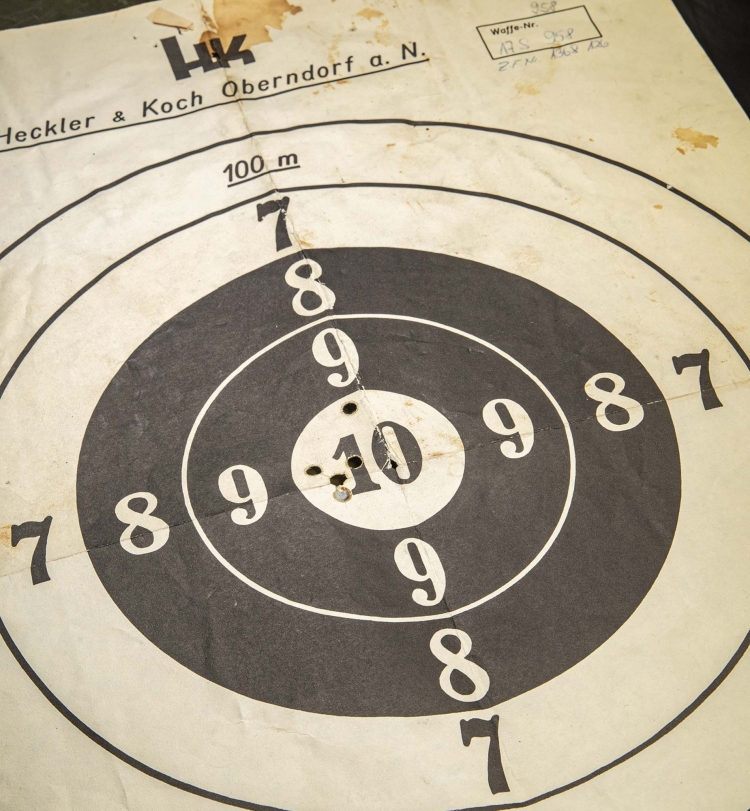
The Heckler & Koch G3 7.62×51mm NATO battle rifle is without a doubt one of the most iconic and popular military service weapons of the second half of the 20th Century.
The G3 design traces its roots in the work of a group of Mauser engineers – including two gentlemen by the names of Ludwig Vorgrimmler and Theodor Löffler – who, by the end of World War II, were engaged to implement the roller-delayed blowback system of the Mg.42 machine-gun to the 8mm Kurz Mp.44 assault rifle design. The resulting prototype – dubbed the Gerät 06H – was meant to be the next step in the evolution of the Mp.44, as it wouldn’t need a gas system, which would make it easier to maintain and both faster and cheaper to manufacture.
The war came to an end with the defeat of Germany before the project could see completion, but those technicians had a chance to keep working on the idea of a roller-delayed blowback rifle in the following years, first in France – at the State-owned CEAM center in Mulhouse – then at the Spanish State-owned technical development center for special materials (CETME).
Starting in 1950, a long phase of research and development and numerous prototypes led to the creation of the CETME Mod.58 rifle – also known as the CETME B – which would be adopted in 1958 by the Spanish Army and tested starting in 1956 by the Armed Forces of the Federal Republic of Germany.
West Germany was, by then, looking for a new rifle in 7.62×51mm NATO to equip its forces – starting with the Federal Border Guard service – to counter the threat of the East German and Warsaw Pact troops amassed at its borders.
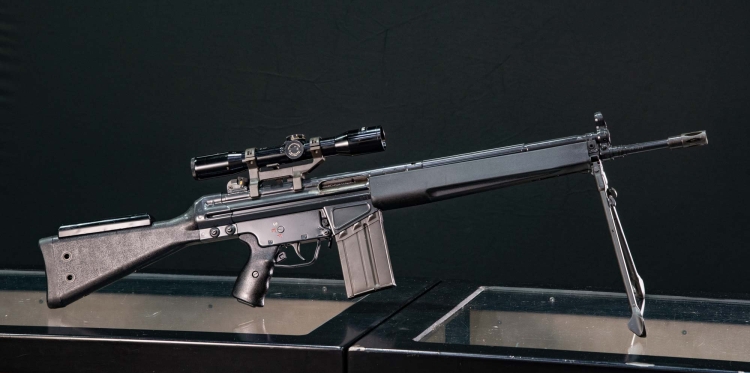
Heckler & Koch G3
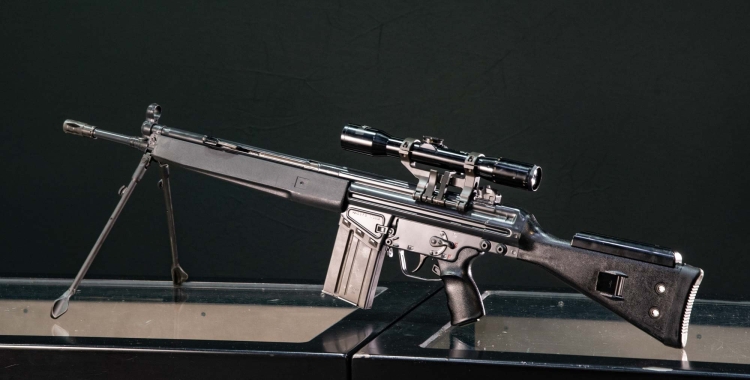
Heckler & Koch G3
The CETME rifle was put on trial alongside the Belgian FN FAL and the American Armalite AR10, manufactured under license in the Netherlands by Artillerie Inrichtingen. The FN FAL would initially be designated as the winner, and adopted as the G1 rifle, but the deal went through when Belgium refused to grant Germany a license to manufacture the FAL locally.
NATO was already a thing, and so was the threat of communist armies invading western Europe, but World War II had been over for barely a decade, and the scars of the conflict were still visible and painful: Germany had no other choice but to revert to the CETME, which would be adopted as the G3 rifle.
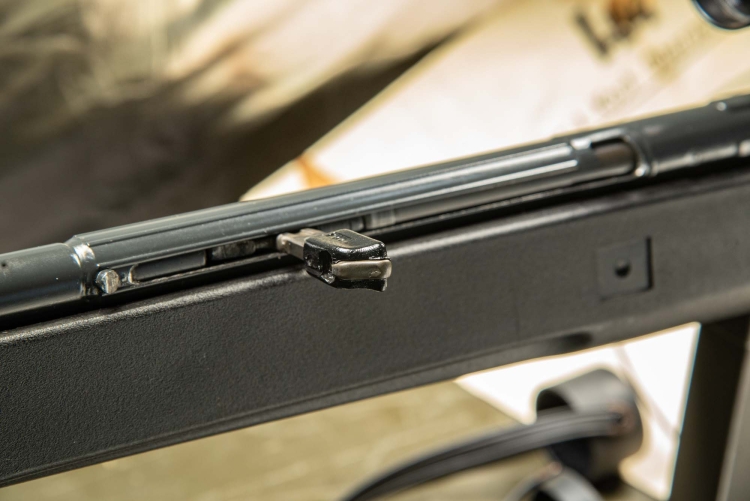
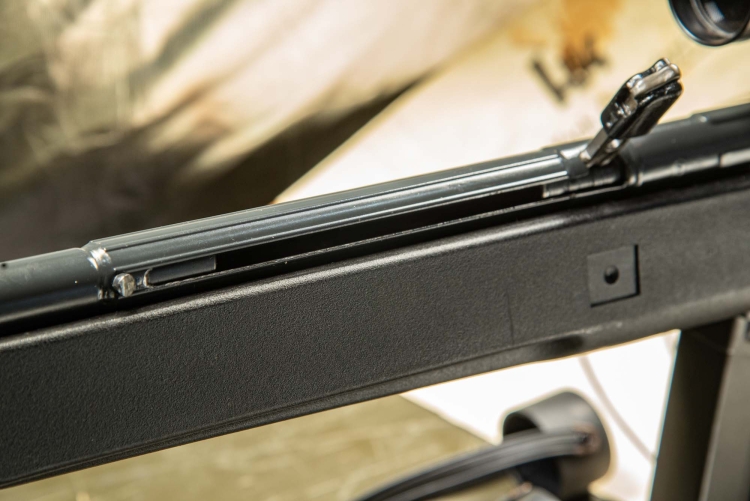
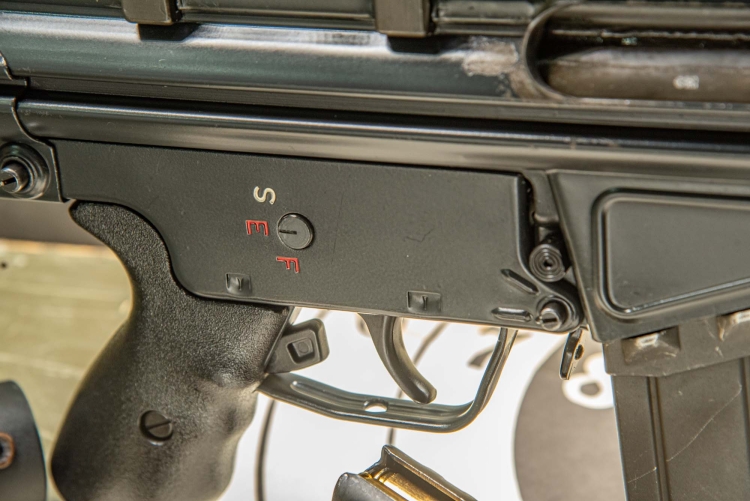
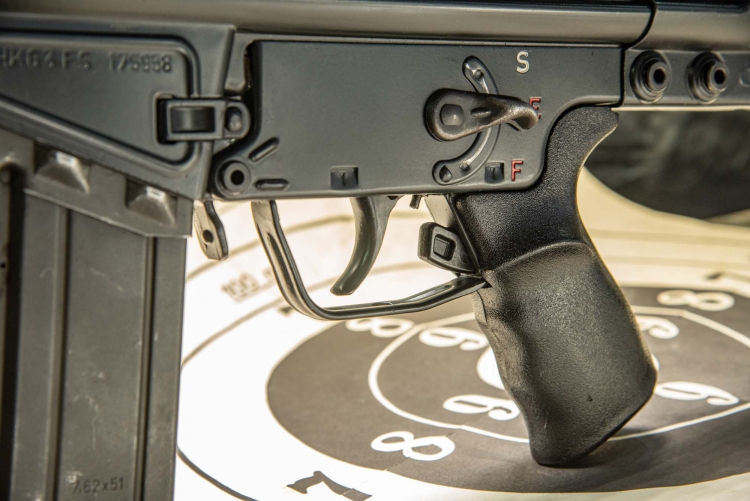
The German government purchased the rights from CETME through the Dutch NWM company, and gave them to Rheinmetall, which in turn would hand them over to Heckler & Koch. HK would become the sole manufacturer of the G3 in Germany starting in 1959, and the sole owner of the rights by 1977. The G3 design would then evolve in numerous variants, including the fixed stock G3A3, the collapsing stock G3A4, the short barreled G3KA4, the G3SG/1 designated marksman variant, just to name a few.
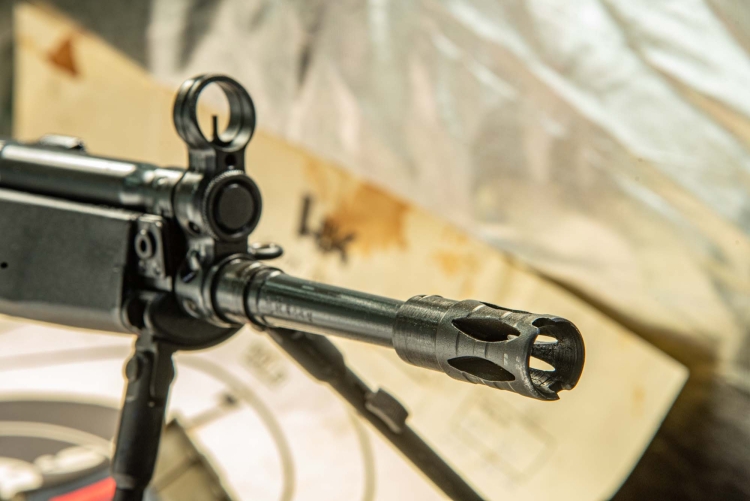
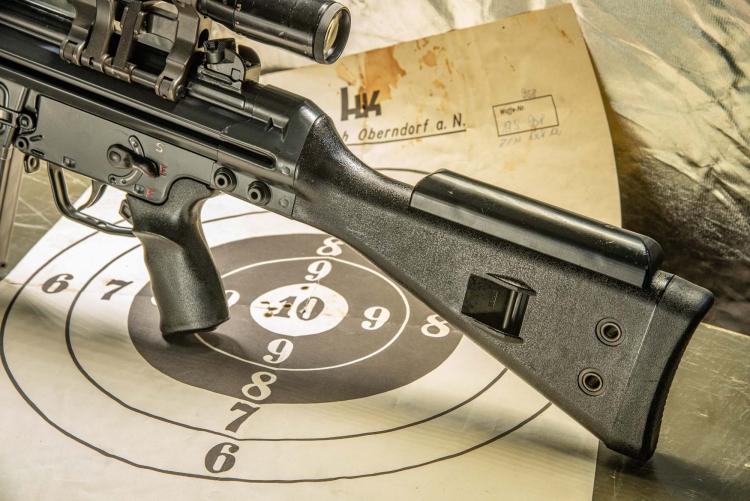
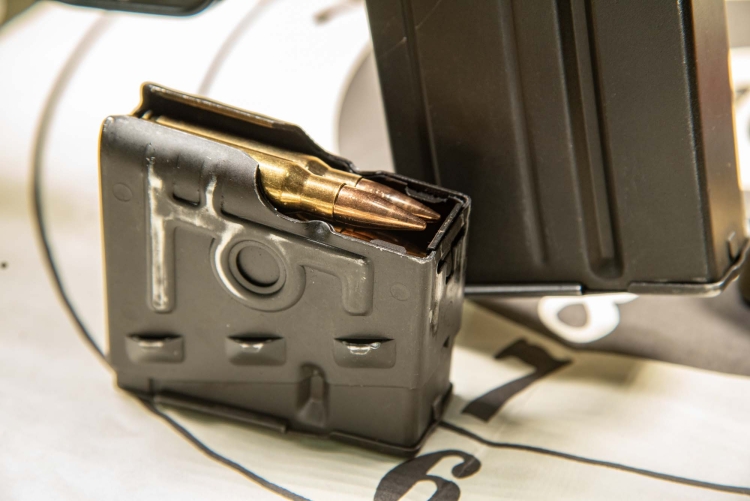
The G3 rifle and their variants would be adopted by over forty Countries worldwide, with at least twelve later obtaining a license from Heckler & Koch and the German government to manufacture the G3 locally. The rifle would also be cloned more or less legally by countless companies for civilian sales, and would be adopted by a wide number of law enforcement agencies worldwide.
Italy was one of the many Countries to adopt the Heckler & Koch G3 rifle in limited quantities, more specifically as a designated marksman rifle for élite military units and law enforcement agencies. While technically still part of the list of firearms officially in service within the Italian law enforcement community – chiefly among the National Police (Polizia di Stato) and the Carabinieri (Italian national Gendarmerie) – most of the G3s purchased all through the years as designated marksman rifles have long since been superseded in service by more modern designs, and relegated to storage or outright decommissioned.
The sample you see portrayed in the pictures on this page is one of the last Heckler & Koch G3 rifles to have been decommissioned by the Italian Carabinieri and permanently converted to semi-automatic operation only for sale on the civilian market.
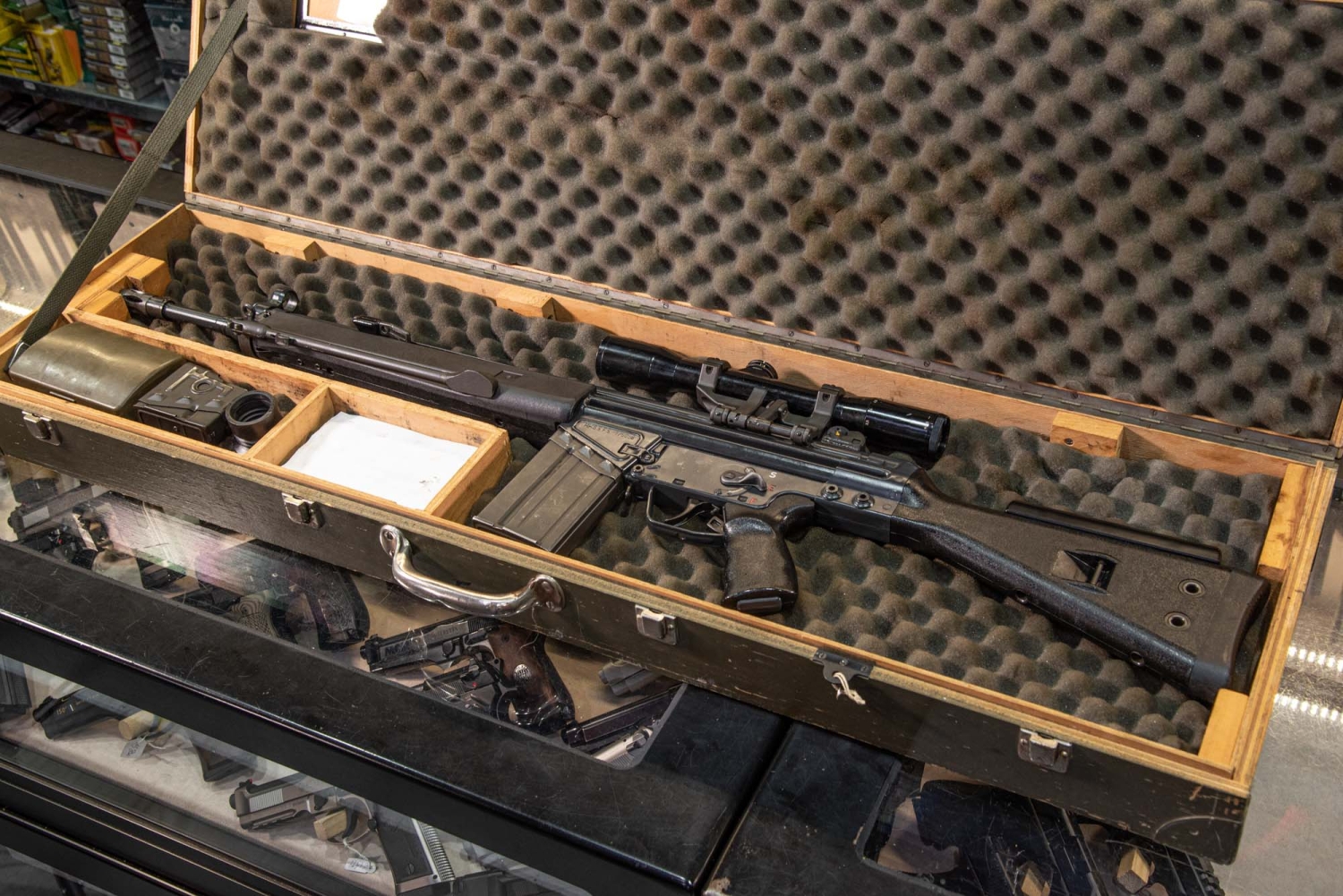
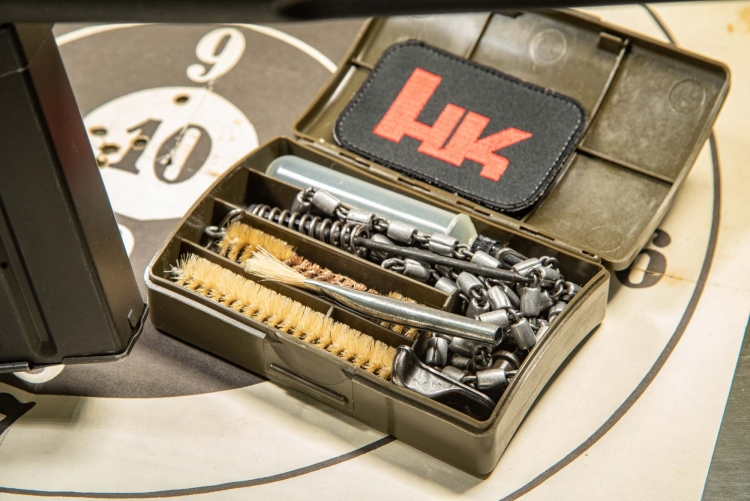
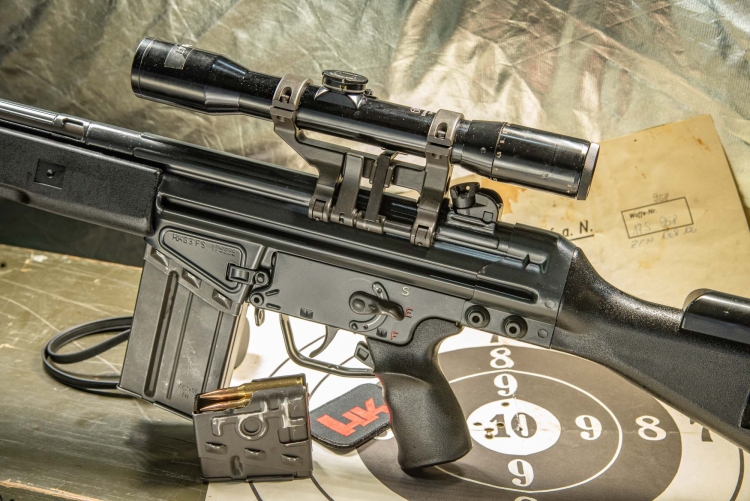
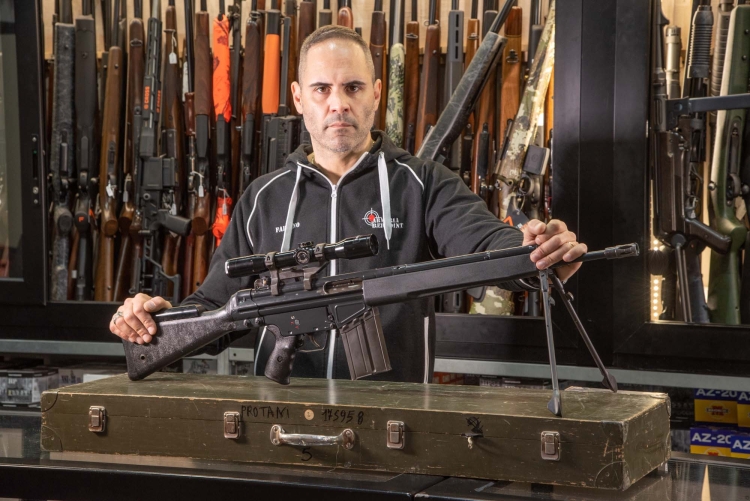
The beautiful example of Heckler & Koch G3 that you see on this page was photographed at the Red Point gun shop in Ostia Lido (Rome, Italy)
For more information: Armeria Red Point...
While in many Countries – including the US – this is not legally feasible, in Italy military firearms can be legally converted to semi-automatic operation and be sold to civilians. In this case, this G3FS (“Freischwinger”, or “Free-float barrel”) was converted by the Italian national proofing house in Gardone Val Trompia after having been decommissioned by the GIS (Special Intervention Group) of the Carabinieri.
This specific rifle comes fitted with a fixed cheek riser, factory bipod, trigger overtravel stop, and Carl Zeiss optical sight installed on Heckler & Koch’s own clamp-mount. The history of this sample is well documented: issued for a long time to the Carabinieri group that provided security to the Italian embassy in Baghdad, it was used all through Iraq – including during the chaotic days of Nassiriya.
This specific Heckler & Koch G3 was part of a very small group of rifles decommissioned by the GIS group of the Carabinieri – less than ten samples, of which this is the last one still available, as well as one of the most complete and by far in the best overall conditions one could hope to find. Coming issued with the factory wooden carry case, an original cleaning and maintenance kit, and factory accuracy test at 100 meters, it is absolutely unique, a once-in-a-lifetime find for the discerning shooter and collector.

